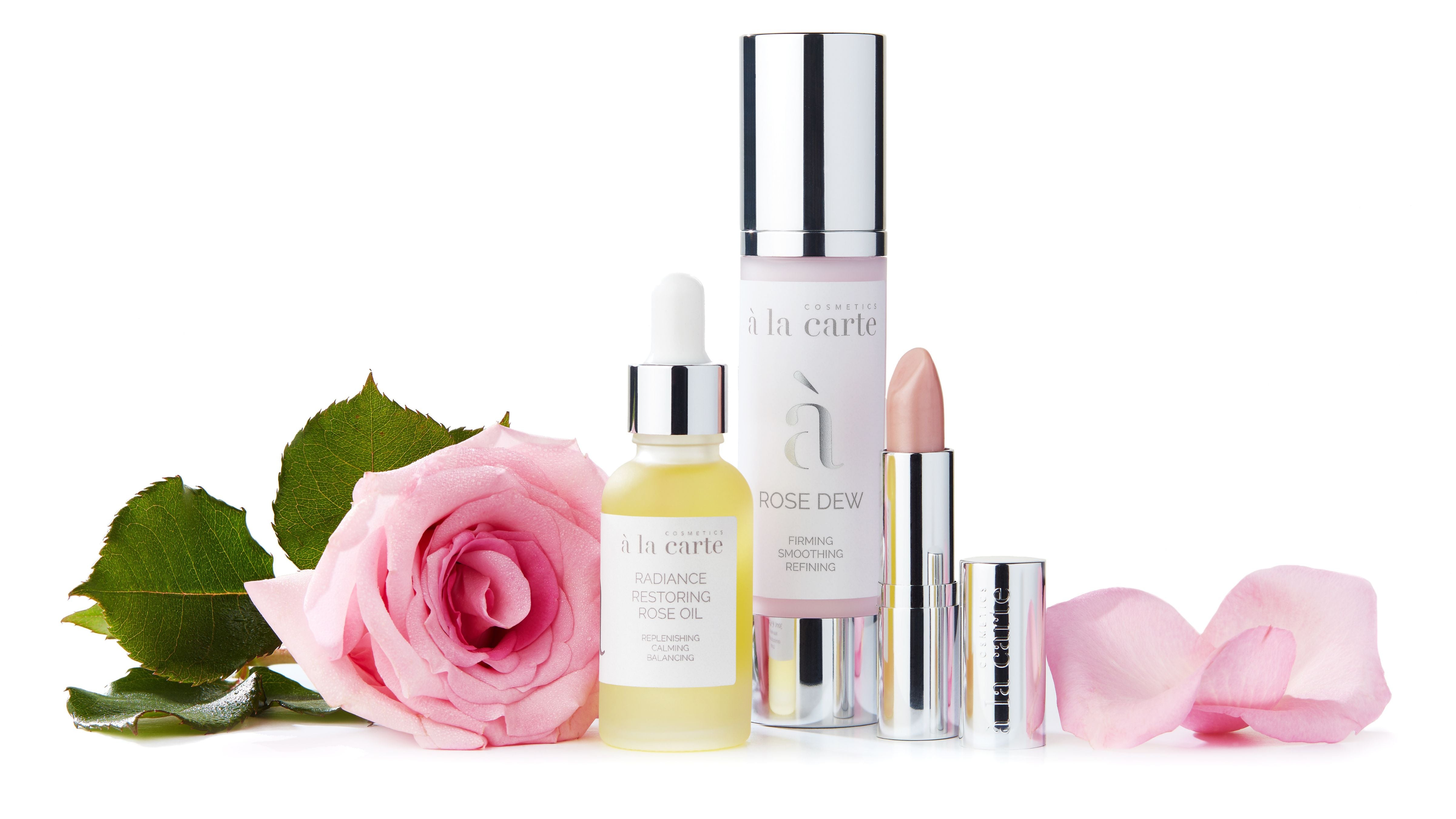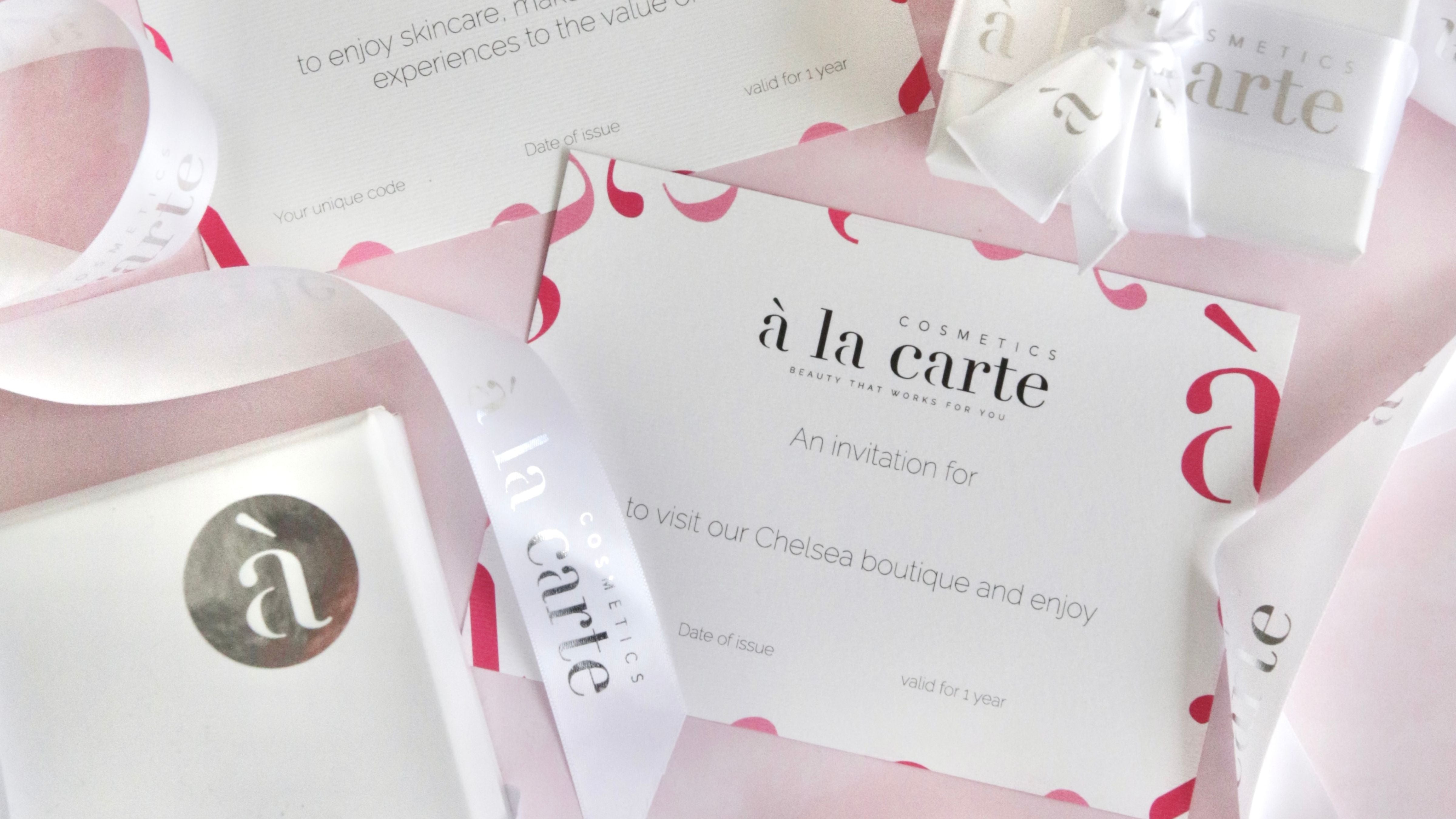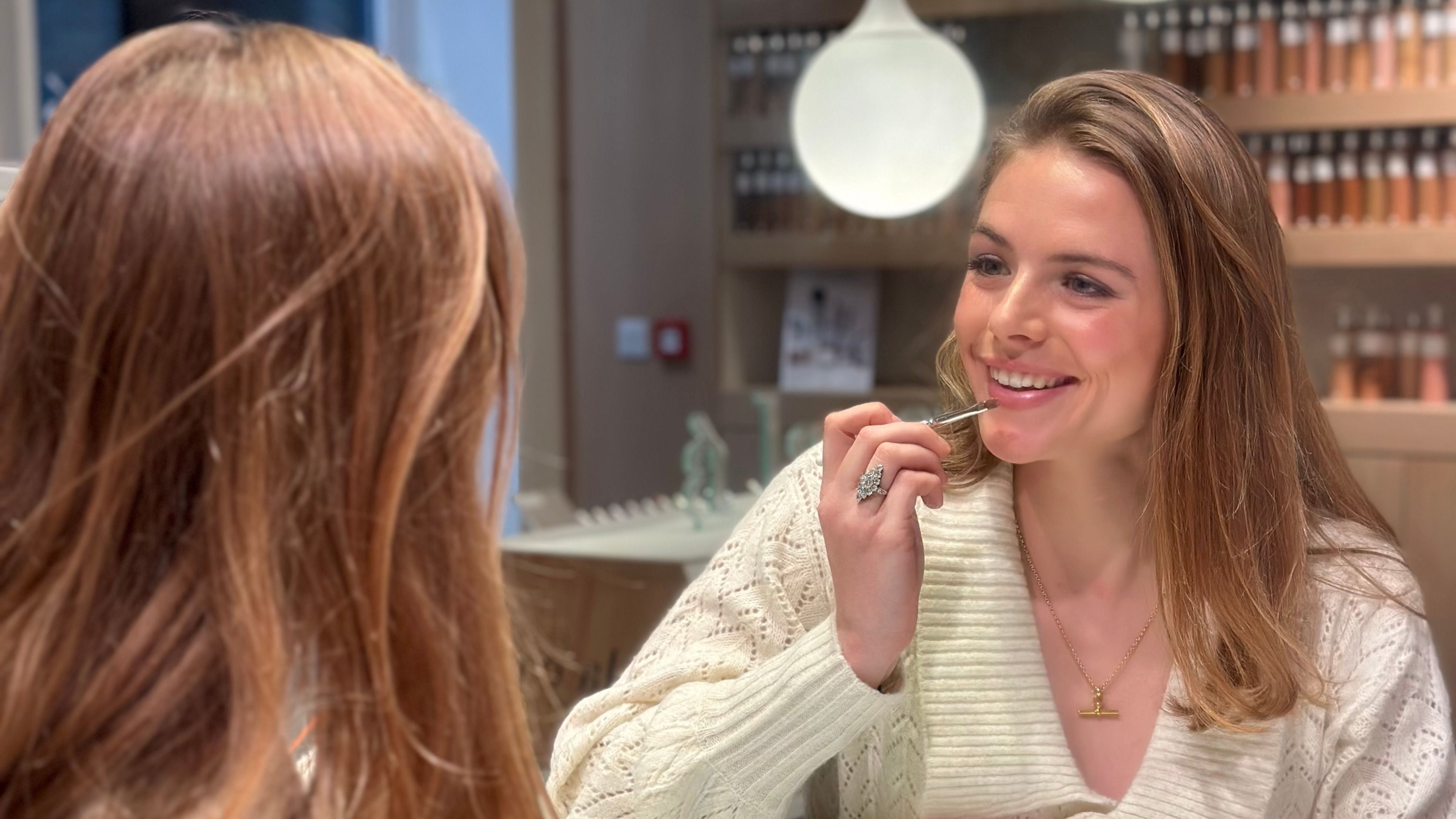Eyelid skin is one of the most delicate areas of the face, with no cushion of subcutaneous fat, so our eyes are unfortunately very prone to reveal signs of ageing.
We have collaborated with Ophthalmic and Oculoplastic surgeon Dr Elizabeth Hawkes to share her 5 recommendations for safely and gently removing eye makeup and caring for the health and beauty of our eyes in the long term.

1. Don't pull or tug your eyes
Dr Hawkes explains: “It’s vital to remove all makeup from your eyes and lashes daily to avoid irritation.
But rubbing too hard can cause the delicate skin around your eyes to lose its elasticity, accelerating the ageing process. This can also scratch your cornea and pull out precious eyelashes.


"Since eyelashes are the first line of defence against dust and debris from your environment, losing any lashes puts you at higher risk of eye infections.
A gentler way to remove eye makeup is to soak your cleansing pad in your cleanser and let it sit on the eye to start dissolving your makeup, then sweep gently away.”
2. Use oil-free makeup remover
Dr Hawkes tells us that “Using creamy or oily cleansers around the eyes can disrupt the natural tear film produced by small meibomian glands along the lash line.
This does more than make your vision blurry for a while – it means your eyes are more likely to be watery and puts you at greater risk of conditions like styes and blepharitis.”

Cosmetics à la Carte’s Total Lift Off micellar water is recommended for eye makeup removal, as this is oil-free and free from dehydrating sulphates as well.
3. Watch your cleansing technique
Even when tightly closed, your eyelids don’t form a watertight seal. So it’s all too easy to get cleanser and makeup remnants in your eye during cleansing. This can disrupt the eyes' natural balance.
According to Dr Hawkes, you should remove makeup safely by “sweeping your cleansing pad in a downwards direction. Then gently rinse with a clean, damp, warm (but not hot) flannel or muslin.”


4. Make time for 'lid hygiene'
This technique gives your meibomian glands an extra boost, to support the production of your natural tear film and guard against dryness and styes.
Dr Hawkes explains how to bring it into your routine:
“After removing your makeup, take a new clean pad and wet it with boiled, warm (but not hot) water.
On the upper eyelid, slowly massage down towards the lash line.
Then with a second clean and damp pad, massage upwards towards the lower lash line."

5. Avoid waterproof mascara
She prefers to recommend milder formulas that are not waterproof such as Cosmetics à la Carte Intense Volume Mascara - which combines flake-free staying power and lash-lifting performance with easy removal.
We hope this article helps you with ideas and options for looking and feeling your best.
For help with eye conditions and advice on surgical and non-surgical aesthetic interventions, contact Dr Elizabeth Hawkes on her website

















